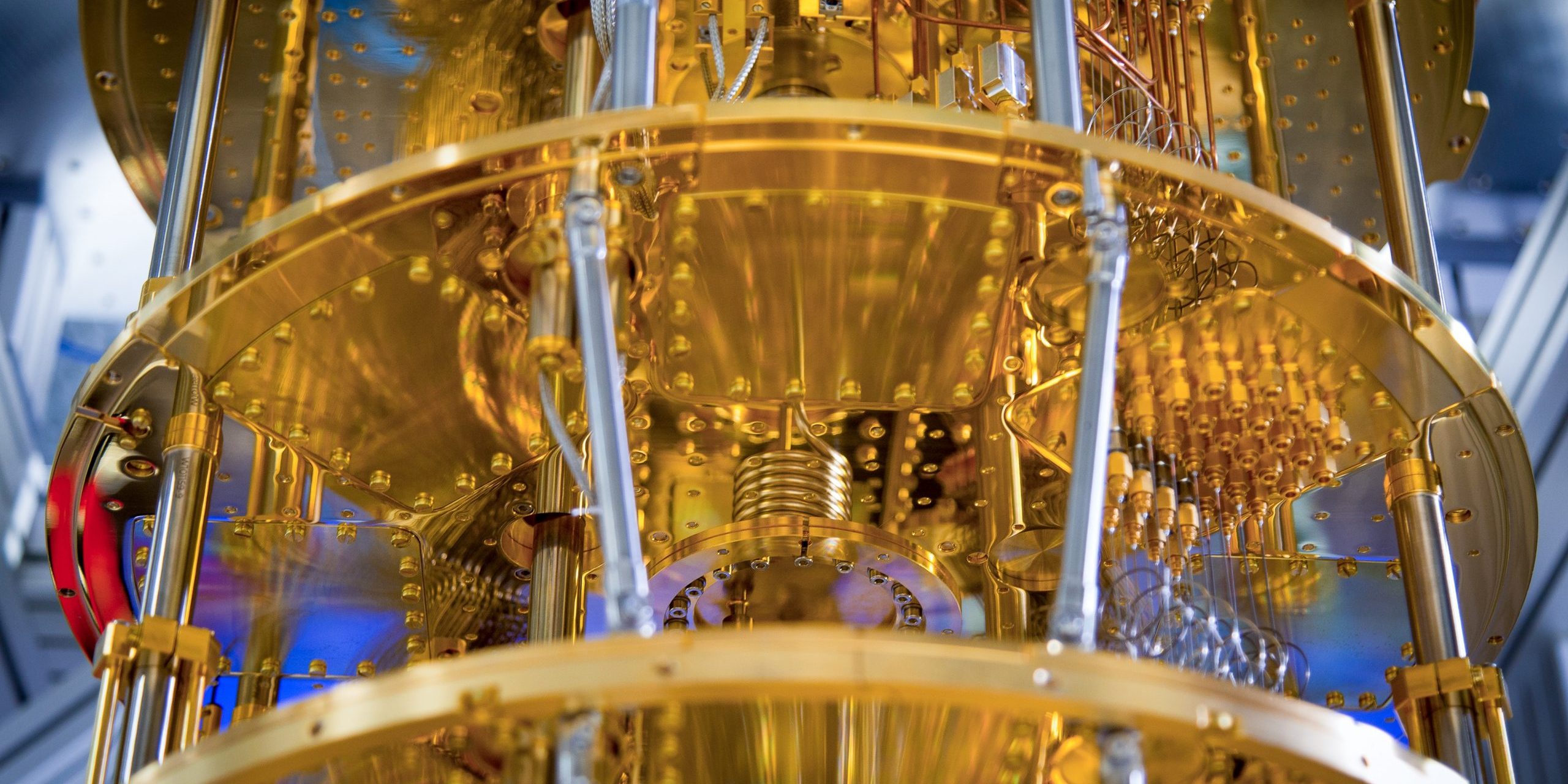Quanscient prepares for quantum future with LUMI supercomputer
Quantum computing has the potential to revolutionise the way businesses process data in a more profound way than AI is currently doing. Quanscient is already preparing for future business needs and developing quantum software with the help of the LUMI supercomputer.
“Now is the time to develop quantum algorithms if you want to compete. When quantum computers are good enough to be really useful, we will have something ready to offer the automotive and aerospace industries,” says Quanscient founding member and Chief Scientist Valtteri Lahtinen.
“In the future, the models could be used for modelling aircraft aerodynamics or for the product development of electric motors for cars, for example.”
Founded in 2021, Quanscient’s technology combines advanced cloud computing and quantum integration. It is expected to bring significant benefits to industrial applications based on, for example, computational fluid dynamics. Quanscient’s current customers include companies in the fusion energy sector. For these customers, a quantum computer will in the future enable the construction of a real-time digital twin of a nuclear fusion power plant.
Computing support for development work from Business Finland’s campaign
Quanscient uses real quantum computers in its development, but also a supercomputer. A supercomputer is needed because quantum computers are still “noisy”, i.e. very sensitive to errors. In other words, they can currently run only fairly small simulations. A supercomputer, on the other hand, can be used to emulate a quantum computer, allowing people to study how algorithms work on complex problems.
As the use of supercomputers is essential for quantum algorithm development, it was a stroke of luck that the use of LUMI, the most powerful supercomputer in Europe located in Kajaani, was opened to Finnish companies in January 2023. Such an opportunity has not been available to companies before.
At the same time, Business Finland launched the Quantum Computing campaign. Finnish companies solving significant problems using quantum computing or developing software, applications, algorithms and services related to quantum computing can apply for computing grants of between €20,000 and €100,000.
“Computing support complements our product development funding and significantly improves the conditions for companies to develop internationally competitive products and services, especially those based on quantum computing and machine learning,” says Outi Keski-Äijö, Head of Quantum Computing Campaign, Business Finland.
Quanscient seized the opportunity and received a computing grant from Business Finland to use the LUMI supercomputer for 2023.
“Even though the computing support ended at the turn of the year, it makes no sense to stop work that has started well, and we definitely want to continue using LUMI in the future,” says Lahtinen.
LUMI helps in the finding of problems and bottlenecks
The LUMI supercomputer will be used in particular to study how the software being developed can be scaled to the more powerful quantum computers of the future. Emulating a quantum computer requires a lot of computing power. The capacity of the LUMI supercomputer enables Quanscient to run even the most challenging simulations.
Ossi Niemimäki, Quantum Algorithm Researcher at Quanscient, says that LUMI’s deployment has started smoothly and the deployment instructions and operating environment have worked. “But it’s nice to know that CSC can provide support for LUMI if problems arise,” continues Niemimäki.
Niemimäki believes that the results obtained with LUMI are valuable and enlightening for the future, because they show how large simulations behave. “You can test a quantum algorithm on your own laptop, but you need LUMI if you want to scale the algorithm to realistic levels,” he says. “This will help identify problems and bottlenecks in simulations.”
“In a couple of years, we may already be at the point where, in certain very precisely defined cases, quantum computers will be able to solve problems better than classical supercomputers,” predicts Niemimäki.
“As early as 2027, quantum software could be available on Quanscient’s cloud service for the use of business.”
However, a quantum computer does not solve problems on its own, but always needs a supercomputer to support it. Quantum computing can accelerate some parts of the computational model workflow, but much of it will continue to require the computing power of a supercomputer.
“For each modelling problem, the right balance between quantum computing and traditional high-performance computing must be found to make these two completely different technologies work seamlessly together,” points out Mikael Johansson, Manager, Quantum Technologies at CSC.
“That’s why it’s important for CSC to understand the R&D needs of industrial quantum projects and, in this respect, the Quanscient project has given us valuable experience for the future,” says Dan Still, Partnerships Manager at CSC.
CSC offers several different quantum computing environments for its users and, through the FiQCI quantum computing infrastructure, companies also have access to the shared use of the LUMI supercomputer and VTT’s quantum computer.

Dan Still
Dan Still works with building industrial partnerships and networks to boost industrial HPC use.





